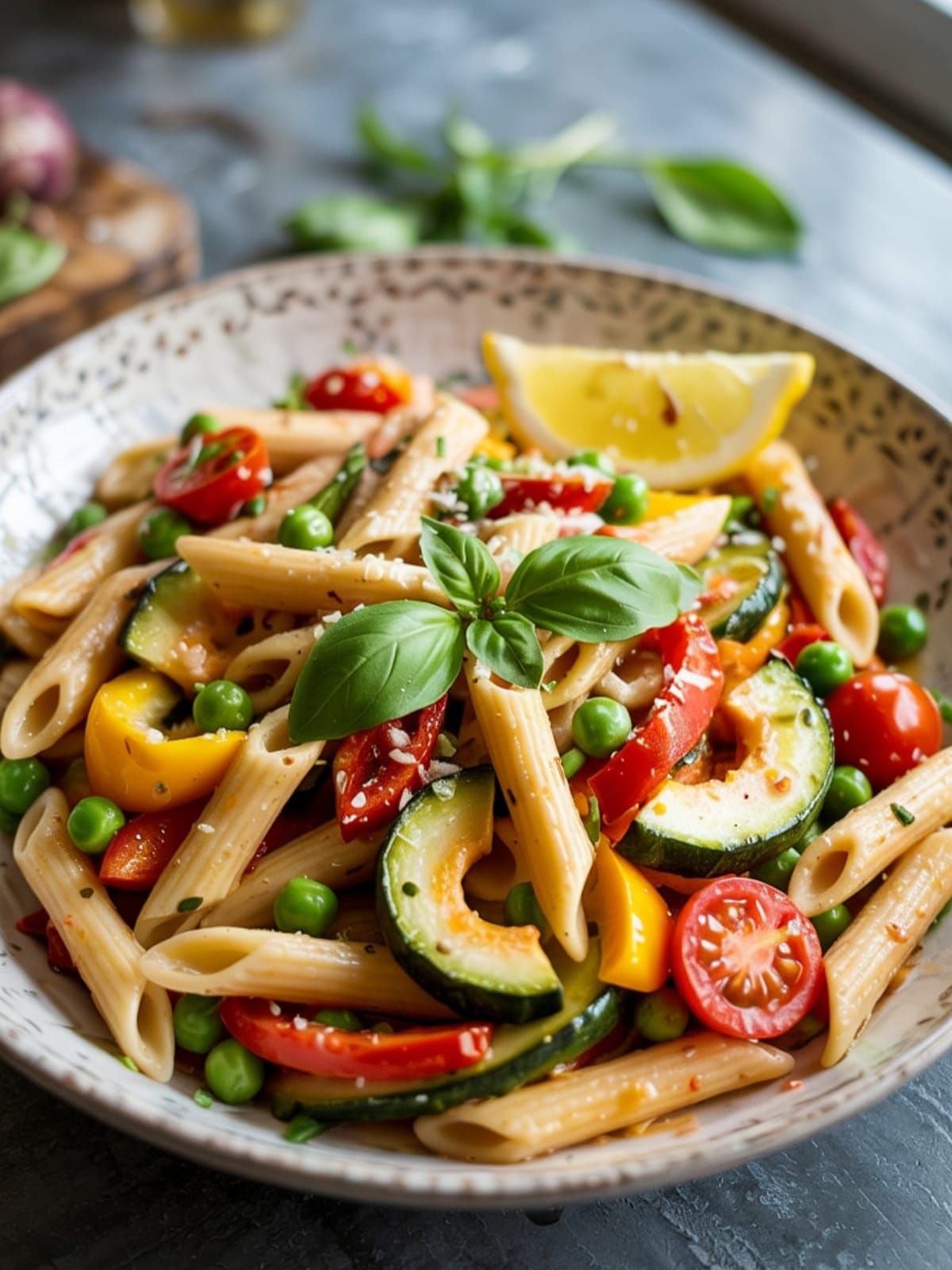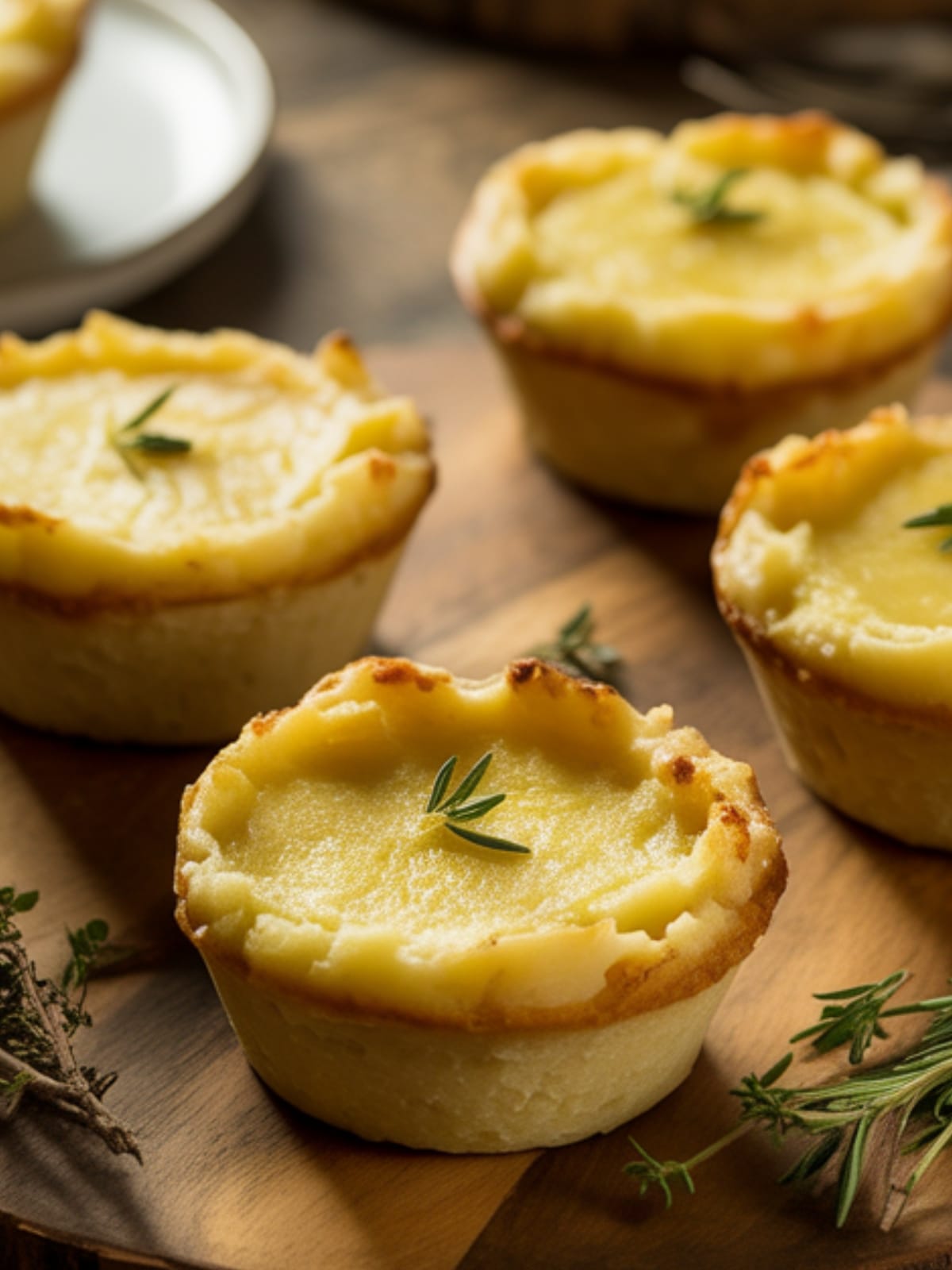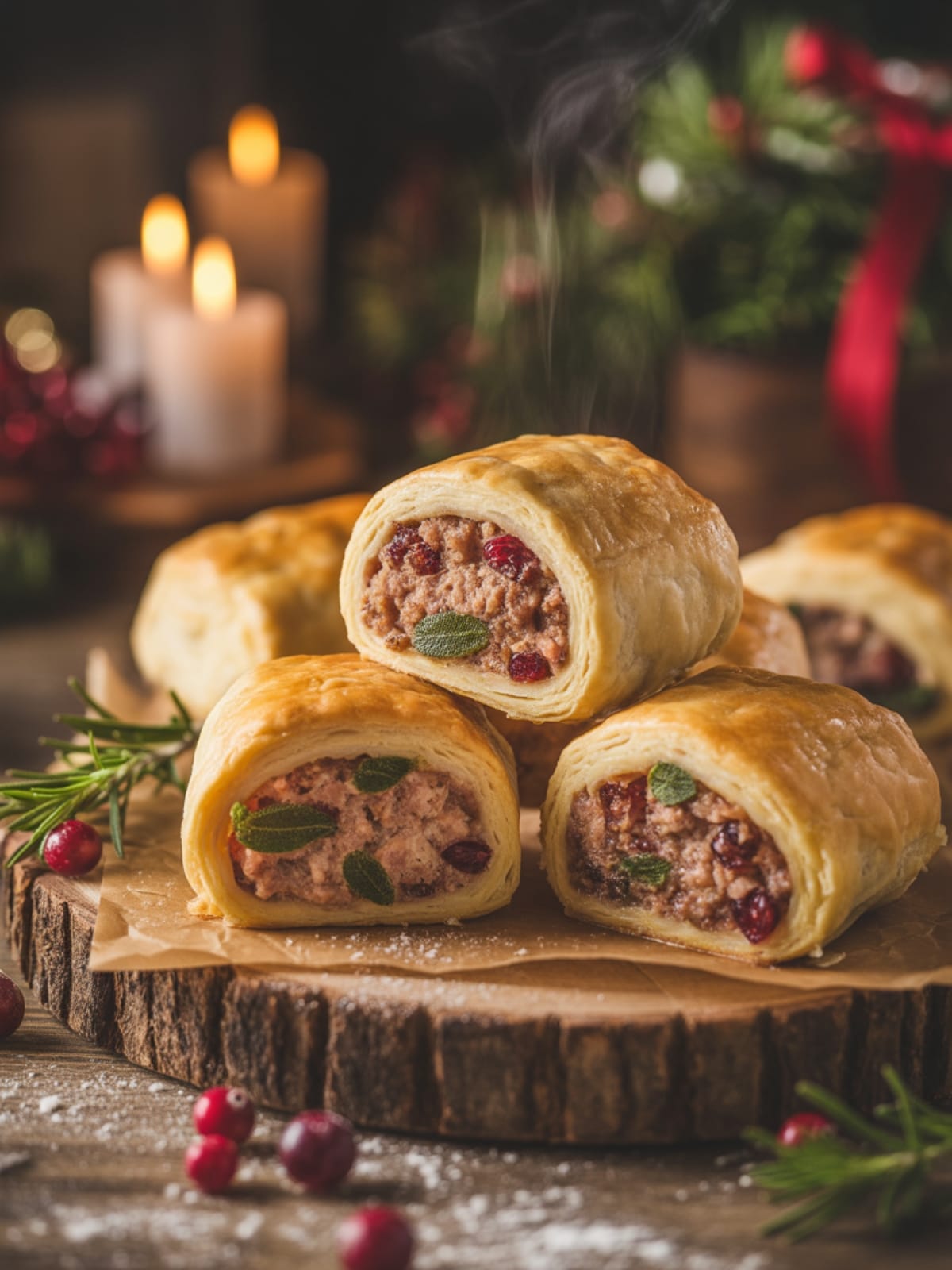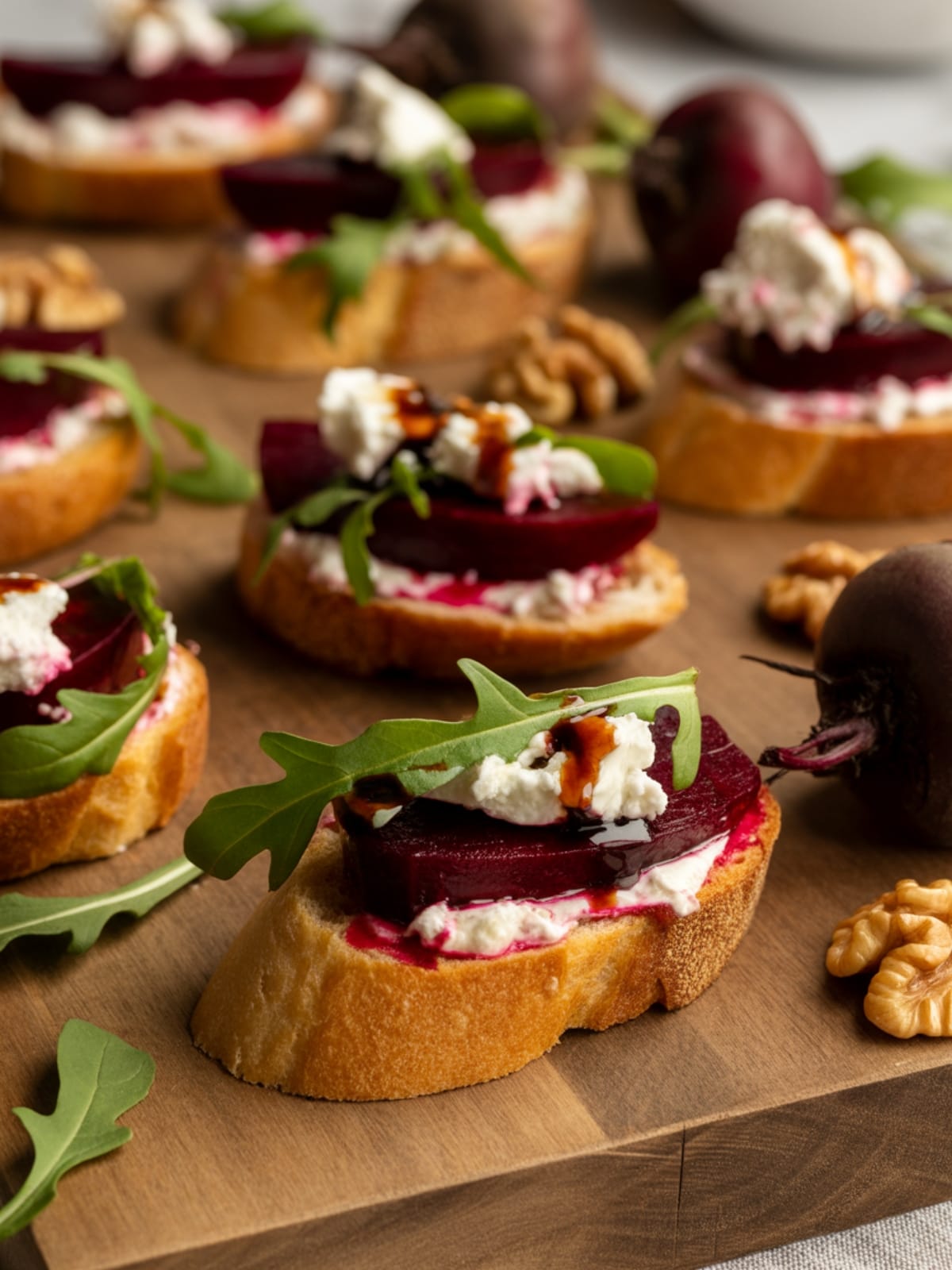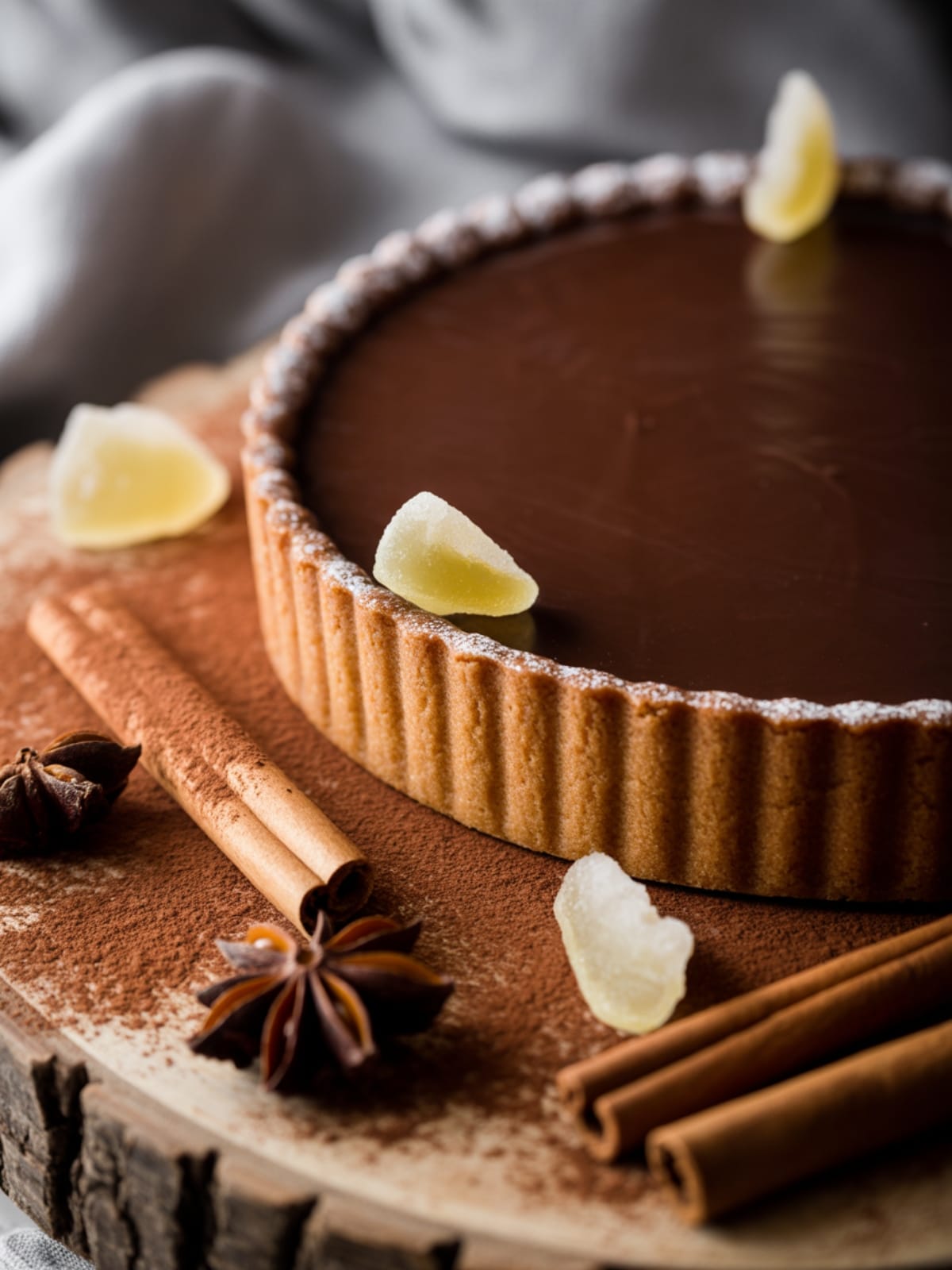It’s 6 PM on a hot summer evening. The AC is working overtime, your hair is in a messy bun, and the last thing you want to do is stand over a hot stove for an hour. Enter: Pasta Primavera, the dinner that’s about to save your hangry self from ordering takeout for the third time this week.
The beauty of Pasta Primavera (which literally means “spring pasta” in Italian) is that it’s basically a “clean out the veggie drawer” kind of meal, but one that feels intentional and gorgeous. It’s the culinary equivalent of throwing on a sundress after days of gym shorts – suddenly you’re put together with minimal effort!
Why This Pasta Primavera Will Become Your Summer Dinner Superhero
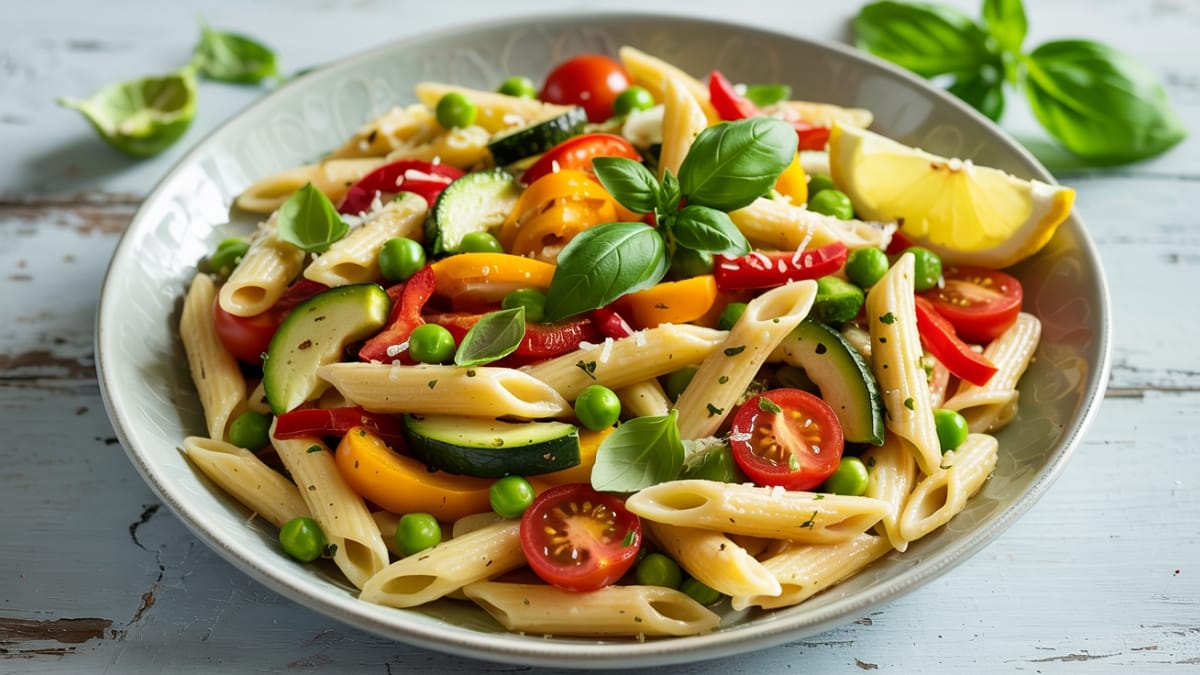
Let’s get real about why this dish deserves a spot in your regular rotation. First, it’s customizable to whatever vegetables look good at the farmer’s market (or whatever is languishing in your fridge). Second, it’s ready faster than delivery pizza. Third, it’s that magical unicorn of a meal that manages to be both healthy-ish AND completely satisfying.
The secret to great Pasta Primavera isn’t some fancy technique or hard-to-find ingredient. It’s simply respecting the vegetables enough not to cook them into sad, mushy submission. We want them vibrant, with a bit of bite left – a celebration of summer produce rather than a funeral for it.
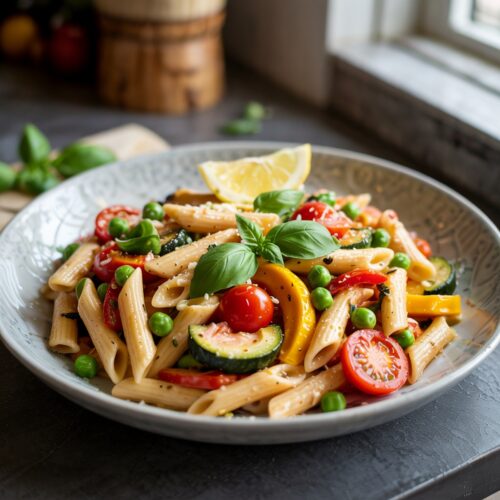
Pasta Primavera
Equipment
- Large pot for pasta
- Large skillet or sauté pan
- Colander
- Sharp knife
- Cutting board
- Garlic press (optional)
- Cheese grater
Ingredients
- 12 oz pasta penne, fusilli, or farfalle work beautifully
- 1 red bell pepper sliced into thin strips
- 1 yellow squash halved lengthwise and sliced into half-moons
- 1 zucchini halved lengthwise and sliced into half-moons
- 1 cup cherry tomatoes halved
- 1 small red onion thinly sliced
- 2 garlic cloves minced
- 1 cup fresh or frozen peas
- 3 tablespoons olive oil divided
- 2 tablespoons butter optional but recommended
- 1/4 cup fresh basil leaves torn or thinly sliced
- 2 tablespoons fresh parsley chopped
- 1/2 cup grated Parmesan cheese plus more for serving
- Juice and zest of 1 lemon
- 1/4 teaspoon red pepper flakes optional
- Salt and freshly ground black pepper to taste
Instructions
- Get that pasta going. Bring a large pot of generously salted water to a boil. Cook pasta according to package directions until al dente. Remember: The pasta will continue cooking slightly when you toss it with the hot vegetables, so aim for the lower end of the cooking time range. No one wants mushy pasta!
- Prep your veggies. While the pasta water is coming to a boil, slice and dice all your vegetables. Having everything prepped before you start cooking will make your life so much easier. Plus, look at that rainbow of colors you've created! Instagram-worthy before it even hits the pan.
- Start the sauce base. In a large skillet over medium heat, warm 2 tablespoons of olive oil. Add the onion and sauté until softened, about 3 minutes. Add the garlic and red pepper flakes (if using) and cook for another 30 seconds until fragrant. Your kitchen should be smelling pretty amazing right about now.
- Cook those veggies properly! Here's where the magic happens. Add the bell pepper to the skillet and cook for 2 minutes, then add the zucchini and yellow squash and cook for just 2 more minutes. These vegetables should still have a bit of crunch! Add the cherry tomatoes and peas (if using fresh peas; if frozen, wait). Season with salt and pepper and cook for just 1 minute more.
- Reserve some pasta water! Before draining the pasta, scoop out about 1/2 cup of the starchy pasta water. This liquid gold will help create a silky sauce.
- Bring it all together. Drain the pasta and immediately add it to the skillet with the vegetables. If using frozen peas, add them now – they'll thaw instantly in the heat. Add the butter, remaining tablespoon of olive oil, lemon zest, lemon juice, and about 1/4 cup of the reserved pasta water. Toss everything together over low heat until well combined and a light sauce forms, adding more pasta water if needed.
- Finish with freshness. Turn off the heat and fold in the fresh basil, parsley, and Parmesan cheese. Give it a taste and adjust seasonings if needed.
- Serve in style. Divide among bowls and top with an extra sprinkle of Parmesan, a drizzle of good olive oil, and some black pepper. Congratulations, you just made the most colorful dinner of the week!
Notes
- Pasta choice matters: Short shapes like penne, fusilli, or farfalle work best as they catch the vegetables and light sauce in their nooks and crannies.
- For a lighter version, use a bit more pasta water and less butter/oil.
- Make it gluten-free: Simply swap in your favorite gluten-free pasta. Chickpea or lentil pasta adds extra protein!
- The key to this dish is cooking the vegetables quickly at a high temperature to maintain their color, flavor, and texture.
Common Mistakes to Avoid
- Overcooking the vegetables. This is the cardinal sin of Pasta Primavera! You want your veggies vibrant and with a slight crunch, not soft and sad. They should be tender-crisp, retaining their bright colors.
- Cooking all vegetables for the same amount of time. Different vegetables require different cooking times. Start with the denser ones (like peppers) and add the more delicate ones (like tomatoes) at the end.
- Forgetting to save pasta water. This starchy liquid is the secret to creating a silky sauce that clings to every bite. Don’t dump it all down the drain!
- Skipping the fresh herbs. The bright punch of fresh basil and parsley really makes this dish sing. Dried herbs just aren’t the same here, sorry not sorry.
Variations & Customizations
- Protein Boost: Add grilled chicken, sautéed shrimp, or white beans for a more substantial meal. Just toss them in when combining everything.
- Creamy Version: Stir in 1/4 cup of cream or half-and-half at the end for a richer sauce. Or add a dollop of ricotta on top of each serving.
- Fall/Winter Primavera: Swap in seasonal vegetables like butternut squash, Brussels sprouts, and kale. Roast them in the oven for added depth of flavor.
FAQs
Can I make Pasta Primavera ahead of time?
While this dish is best enjoyed fresh (those vegetables want to stay perky!), you can prep all your veggies in advance and store them in the refrigerator for up to 24 hours. If you must make the entire dish ahead, slightly undercook both the pasta and vegetables, then reheat gently with a splash of water or broth. Add the fresh herbs and cheese after reheating. That said, this comes together so quickly, making it fresh is usually the way to go!
What’s the best pasta shape for Primavera?
Medium shapes with ridges or twists work best because they catch and hold the light sauce and small vegetable pieces. Penne, farfalle (bow ties), fusilli, and rotini are all excellent choices. Avoid long, thin pasta like spaghetti or angel hair, as the vegetables tend to fall to the bottom of the plate. And those tiny shapes like orzo? They’ll get lost among all those beautiful vegetables you just prepared!
How can I make this vegan?
Easy peasy! Skip the butter and Parmesan cheese, and you’re good to go. For added richness, you could add a tablespoon of nutritional yeast for a cheesy flavor, or top with a sprinkle of toasted pine nuts or breadcrumbs for texture. Some vegan cream cheese or a splash of coconut milk can add creaminess if desired. The beauty of this dish is how adaptable it is while still maintaining its fresh, vibrant essence.
Final Thoughts
Pasta Primavera is what happens when you treat vegetables as the star, not an afterthought. It’s the answer to “What can I make that’s not too heavy but still satisfying?” and “How can I use up these veggies before they go bad?” all in one colorful bowl. The best part is how this dish can evolve with the seasons and whatever you have on hand. So next time you’re staring into your vegetable drawer wondering what to make for dinner, remember: Pasta Primavera isn’t just a recipe—it’s a delicious strategy for easy summer meals.
